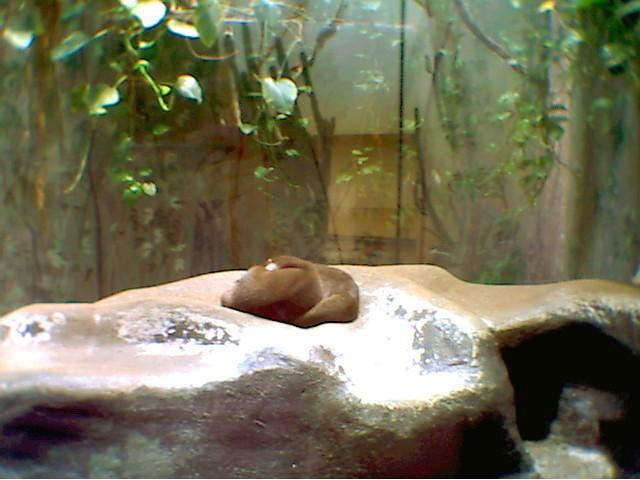|
| Query: otter | Result: 344th of 463 | |
OTTERS
| Subject: | OTTERS
| | Poster: | DIANE OKTAY (Diane_Oktay@YAHOO.COM)
| |

| Resolution: 640x480
File Size: 39652 Bytes
Upload Date: 2004:09:20 06:09:56
|
FROM NATIONAL ZOO IN WASH. DC |
^o^
Animal Pictures Archive for smart phones
^o^
|
|